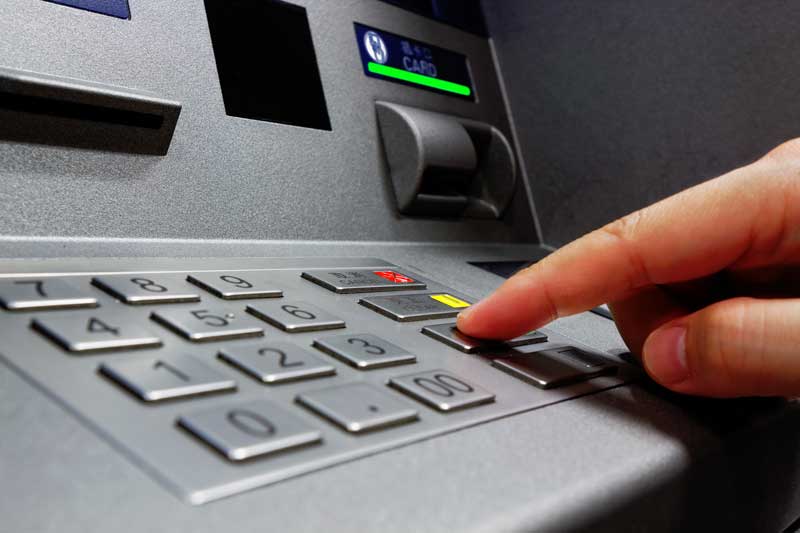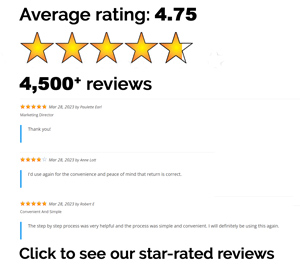Paying an occasional overdraft or out-of-network fee may not seem like a big deal, but it can cost you a small fortune over time. The good news is that with some strategic planning most bank fees can be avoided. Here are some common bank fees you shouldn’t be paying.
Account maintenance fees
Many banks charge a monthly maintenance fee for a checking account. The fee varies from as little as $7/mo. up to $15/mo. for a non-interest bearing checking account. In most cases, the fee will be waived if you meet certain criteria such as maintaining a minimum balance or having a monthly direct deposit of a specific amount. For instance, Chase Total Checking Account holders can avoid the $12 monthly maintenance fee by having a direct deposit of $500 or more each month, having a daily balance of $1,500 in their account or having a balance of $5,000 in a combination of qualifying accounts.
Overdraft fees
Overdraft fees occur when you write a check for a larger amount than you have available in your checking account. Instead of declining the transaction, your bank will cover the cost and charge you a fee. The average overdraft fee is around $35. Keep in mind, you will be penalized for every instance, so if you’re not paying attention to your balance, you can easily rack up multiple overdraft fees in a single day. A few ways to avoid the fee are to sign up for an account that doesn’t charge overdraft fees, keep extra money in your checking account and sign up for balance alerts so you’ll be aware when your funds are running low.
Insufficient funds fees
An insufficient funds fee (also known as non-sufficient funds fee or NSF) occurs when don’t have enough money available in your checking account to cover a payment. Instead of allowing you to overdraft your account, your bank will decline the transaction and charge you a fee. The average NSF fee ranges from $27 to $35. You can avoid the fee by monitoring your account balance, enroll in overdraft protection, and keeping a cushion in your account.
Out-of-network ATM fees
When you withdraw cash or check your balance from an ATM that’s operated by a different bank, your bank may charge you an out-of-network ATM fee. Typically, it will cost you around $2.50. Additionally, the ATM operator may impose their own fee. Non-customers can expect to pay an extra $3. If you’re paying too much in ATM fees, the easiest way to reduce the cost is to stick to ATMs within your network. You can use your bank’s mobile to find nearby branches and free ATMs.
Paper statement fees
Some banks charge a fee for mailing a paper statement to your home. It usually costs between $1 to $5. You can easily avoid the fee by opting to receive electronic statements instead. When your paperless statement is available, you’ll be able to view it on the bank’s website or mobile app.
File your taxes fast and ez. Biggest possible refund, guaranteed.




